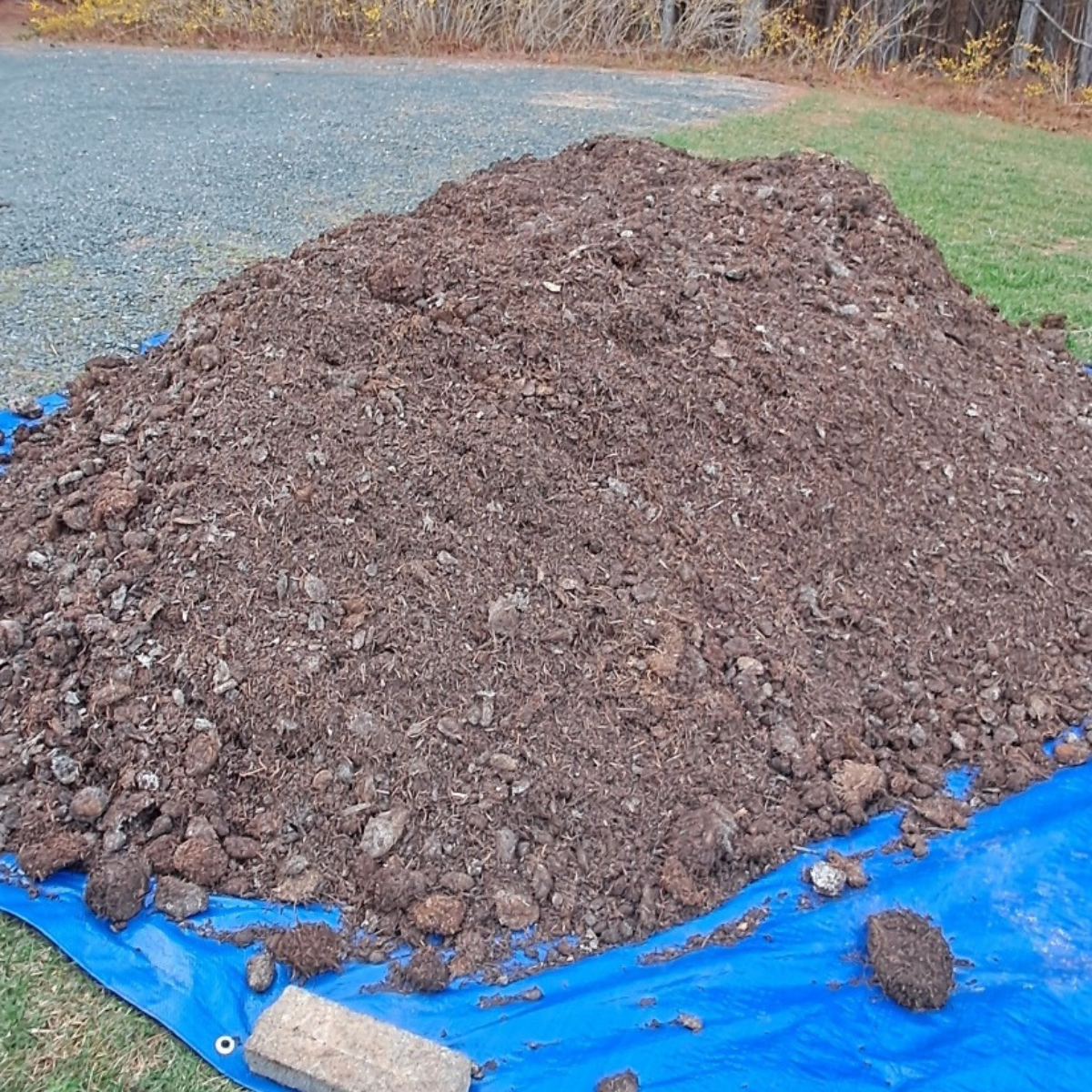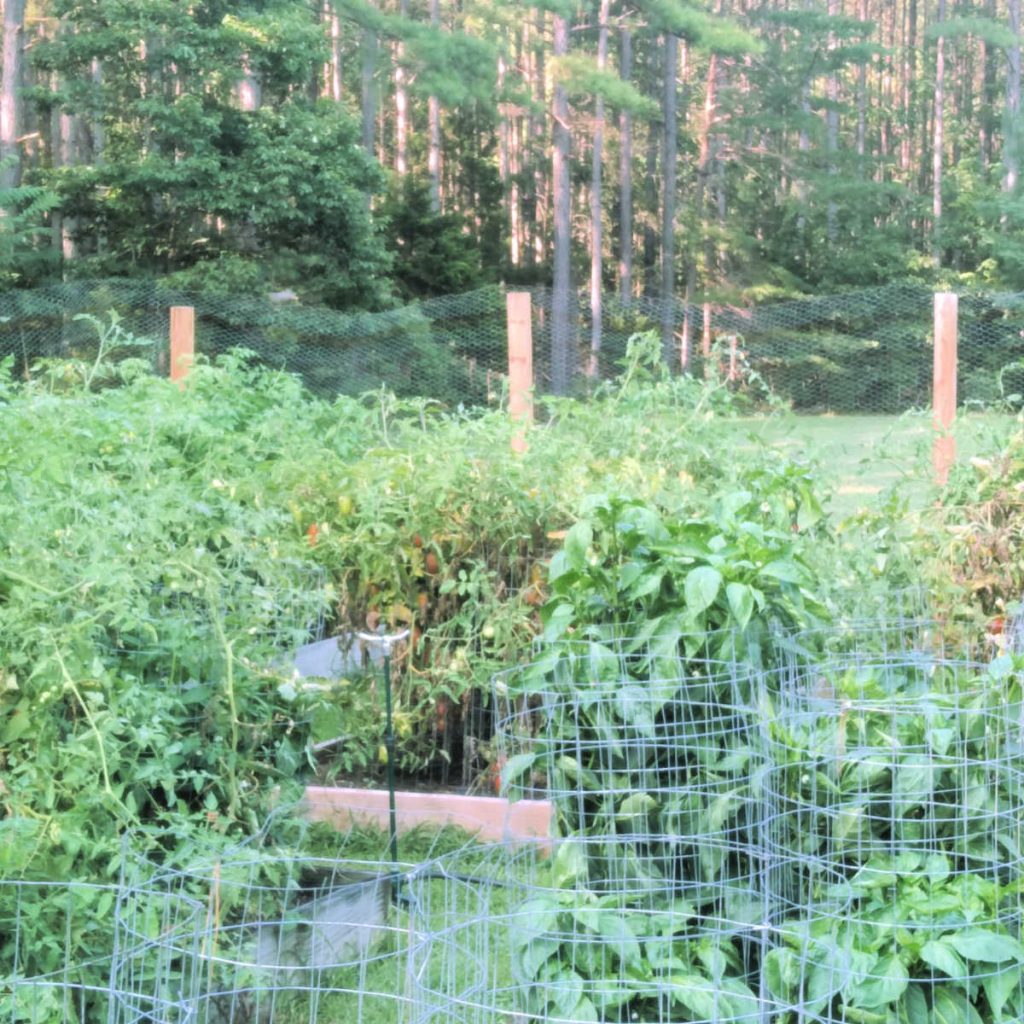When you improve garden soil, you improve the health of your plants. And, you improve the nutrient quality and quantity of fruits, vegetables, and herbs.
There’s an old saying in gardening: The better the soil, the healthier the plants. And the healthier the vegetables, fruits, and herbs you grow in your home garden, the healthier you’ll be because the plants are likely to contain more nutrients.
Organic gardening lets you grow delicious vegetables, herbs, and fruits in the garden. But the true secret of organic gardening success is the soil.
Key Takeaways
- Improving garden soil enhances plant health and nutrient quality in vegetables and fruits.
- Start with a soil test to identify your soil type; consider sandy, clay, or loam for optimal growth.
- Adding compost is crucial; it enriches all soil types with nutrients and improves structure.
- Utilize aged manure for better soil; fresh manure can harm plants due to high nitrogen levels.
- Focus on natural methods like composting and trench composting instead of fancy organic fertilizers.
Here are three easy steps you can take to improve garden soil.
Table of contents


Improve Garden Soil: Start with a Soil Test
Before talking about what to do to improve your garden soil, let’s first make sure that you actually need to improve your soil. Every garden benefits from some soil amendments, such as compost; however, some soils present more problems than others.
Soil Composition: What Is Your Basic Soil Type?
Gardeners classify soils as sandy, clay or loam, with loam being the optimal. The name given to soil types typically refer to the size of the particles; sand has large particles, clay smaller ones.
The large particles in sand allow water to drain quickly, but along with water goes many of the nutrients your plant needs to thrive
Clay has the smallest particles, but these tend to hold water in, creating soggy conditions that are also harmful. The middle ground or optimal soil type is loam. A rich, loamy soil drains well, provides optimal nutrients and root support, and offers ideal growing conditions.
DIY Soil Composition Test
A simple DIY home soil test will help you understand what you need to do to improve garden soil. This test can tell you if you have sand, loam, or clay soil.
Take a clean, empty jar and place about 1/3 cup of soil in the bottom. Add water to about an inch from the top and screw the lid on tightly. Shake the jar, then wait a minute.
The particles that settle first are sand. Put a mark on the side of the jar where the sand settles.
Then let the jar sit on the counter for a day or two, and see how long the remaining particles take to settle. Clay takes the longest.
Whatever you have the most of in the jar, you probably have the most of out in your garden.
Get a Professional Soil Test Done Before Adding Amendments
Soil amendments include compost, manure, minerals, organic, and inorganic fertilizers. Before adding anything to your soil, it’s important to understand its basic composition.
Adding too much organic or inorganic fertilizer can unbalance soil pH and harm plants. It is also wasteful. Soil tests not only tell you exactly what you have to work with, but they will also tell you how much to add of any single mineral or element to improve soil and plant health.
Soil pH
Soil pH is another important component of soil improvement, and it can vary a lot from garden to garden or place to place. The pH refers to how acidic (low number) or alkaline (high number) the soil tends to be.
Most vegetable crops prefer a soil pH of around 6.0 to 6.8, but anything slightly above or below this range can work just fine. Purchase a soil pH test kit from your local garden center and test the pH of the soil where you wish to grow vegetables. It’s helpful to know what you’re working with before you start gardening.
I Had to Improve Garden Soil Before Planting
Few soils are precisely one thing or the other. In my own zone 7b garden in central Virginia, I have pockets of clay and sand, with mostly Virginia red clay. The land slopes and rolls down to a creek, and the areas near the creek are mostly sand. Our farm was used for growing tobacco in the 19th century and hay and cattle in the early 20th century before turning it to its current timber production, and our personal vegetable garden and fruit orchard.
The solution for us was to amend the soil near the fruit orchard, specifically around the trees, and to build raised beds in the vegetable garden so we could control the soil quality within them.
Three Easy Steps You Can Take to Improve Garden Soil
If you’re just getting started gardening, use these three easy steps to improve your garden soil. These are safe and won’t hurt your soil if you do not have time to get a test done.
Add Plenty of Compost
Compost improves all soil types. All you need to start a compost pile is an old garbage can or a few bricks to map out an area for your pile. Composting is nature’s way of recycling and breaking down organic material back into the soil. You can add any plant material to the pile as long as it is disease-free.
Add autumn leaves, grass clippings, potato and carrot peels, apple cores, and any fruit or vegetable scraps to your compost pile. I also rinse out egg shells and add these to the pile, and have added in the past coffee grounds, shredded paper, and used tea bags.
Do not add meat bones or scraps of any kind (it attracts vermin such as rats and other creatures and can cause odor issues, among other things).
Rain will help your pile decompose into compost. After a few months, dig into the pile; the bottom layers, which look like crumbly chocolate cake, are what your plants need. The stuff at the bottom that looks like a devil’s food cake is compost. That is what you add to the soil.
Trench Composting, or Composting In Place (Lasagna Gardening or Lasagna Composting)
Lasagna gardening or lasagna composting is a method of composting in place. I use this in the raised beds during the winter months and it is a great time (and labor) saver.
Dig down into the soil a few inches and place a thin layer of newspaper. Layer your vegetable scraps on the newspaper, allow it to get wet or wet it down with the hose, add a layer of soil, and then repeat.
You’re building up layers that over the course of several weeks or months will naturally break down into soil. It’s best to use this technique in the fall to allow months to pass by until spring planting, and stop using this method at least a month before you intend to plant your garden.
Add Aged Manure
Aged manure is great for the soil. Fresh manure is high in nitrogen and too “hot” for the soil. It can damage garden plants.
Let it rot, or age, for weeks or months. When it looks more like good compost (like cake crumbled up) or like soil, it’s ready to add to the garden.
Many horse stables are glad to get rid of their manure to home gardeners. Look in your newspaper for ads offering manure for pick up, or call some stables and ask.
Cow manure can be difficult to find for free because many farmers actually sell it to the agricultural companies, who in turn let it sit, bag it up, and sell it back to you for higher prices. You can certainly buy aged cow manure in bags at the garden center.
Should You Add Fancy Organic Fertilizers to Garden Soil?
Garden catalogs, garden centers and home stores offer row after row of fancy packaged fertilizers on the shelves. There’s fish emulsion, bat guano (manure), and even “zoo doo” – dung from zoo animals! (We sold that when I worked for Martin Viette Nurseries). Is elephant dung better than horse manure? Should you look for any of it?
I’ve never used any of this stuff, except fish emulsion. Aside from smelling like, well, fish, it didn’t seem to help.
The secret to improving garden soil is in your kitchen right now: those scraps you throw in the garbage. Eggshells, banana peels and coffee grounds can do wonders for your garden. Compost is free. It just needs time and effort. It is one of the best and safest soil amendments you can find.
Unless you have a specific problem such as missing micro nutrients or other special circumstances revealed through a professional soil laboratory test, stick with the free, natural methods of composting.
Take the time now to build up your soil using healthy, natural methods such as composting, composting in place, and adding manure.




